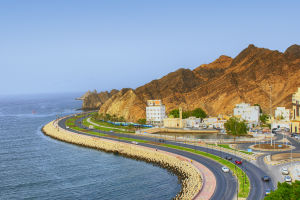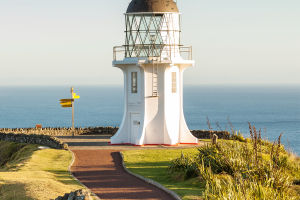Sea planes, also known as floatplanes or amphibious aircraft, have a rich history that dates back to the early years of the 20th century. These versatile aircraft are designed to take off and land on water, making them ideal for use in coastal regions and areas with limited or no access to conventional airports.
The development of sea planes can be traced back to the early days of aviation when pioneering aviators were exploring new ways to expand the boundaries of flight. In 1910, French aviator Henri Fabre successfully flew the first seaplane, a small wooden biplane with floats attached to its fuselage.
The aircraft, called the Hydravion, took off from the waters of a lagoon near Marseille, France, and flew for a distance of about 1,500 feet before landing safely back on the water.
Fabre's successful flight proved that it was possible for aircraft to take off and land on water, and inspired other aviators to experiment with floatplanes of their own. In the years that followed, seaplanes became increasingly popular as a means of transportation, particularly in coastal areas and island nations where conventional airports were not available.
In the 1920s and 1930s, seaplanes became a popular mode of transportation for wealthy travelers and adventurers. Companies like Pan American Airways and Imperial Airways operated fleets of flying boats, which were large seaplanes that could carry passengers and cargo over long distances.
These aircraft were often used for transoceanic flights, and helped to open up new routes and markets for commercial air travel.
One of the most famous seaplanes of all time is the Consolidated PBY Catalina, which was first introduced in the 1930s. The Catalina was a versatile aircraft that could be used for a wide range of missions, including search and rescue, patrol, and reconnaissance.
It played a key role in many years, where it was used by various organizations for maritime patrol and anti-submarine operation.
In the years after the years of great conflict, seaplanes continued to be used for a variety of purposes, including fishing, firefighting, and scientific research. However, the development of conventional runways and airports meant that seaplanes were no longer as essential for transportation as they had been in the past.
Today, seaplanes remain a popular mode of transportation in many parts of the world, particularly in remote areas where conventional airports are not available. They are also used for a variety of other purposes, including sightseeing tours, adventure travel, and scientific research.
Despite their long history and many uses, seaplanes face a number of challenges in the modern world. One of the biggest challenges is noise pollution, which can be a significant issue for communities located near seaplane bases. In addition, seaplanes can be expensive to operate and maintain, and require specialized training for pilots.
Despite these challenges, seaplanes remain an important and fascinating part of aviation history. From their early days as experimental aircraft to their role in commercial aviation and scientific research, seaplanes have played a key role in the development of aviation and continue to be a valuable tool for transportation, exploration, and adventure.


